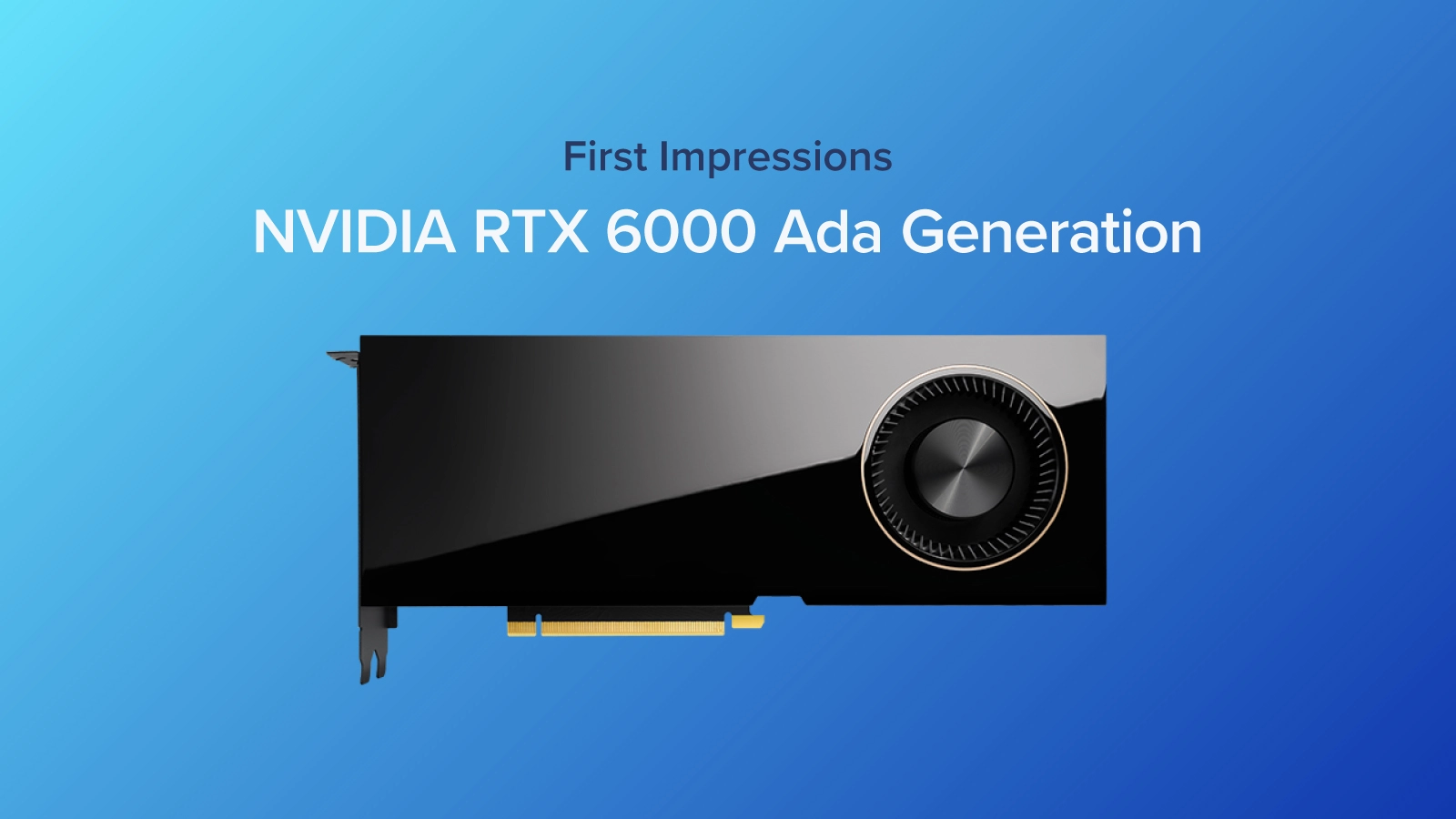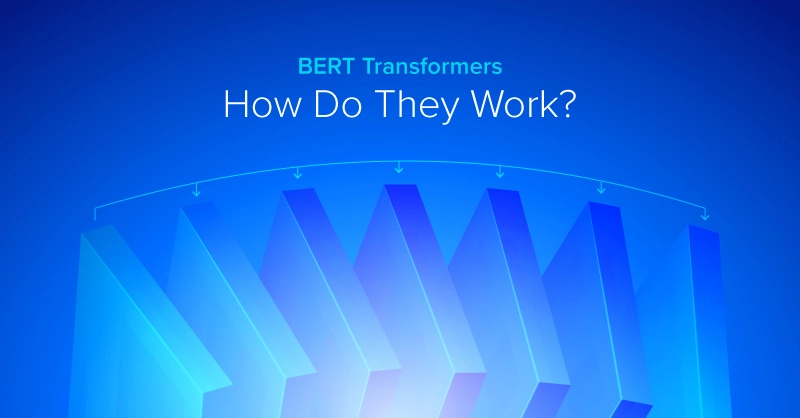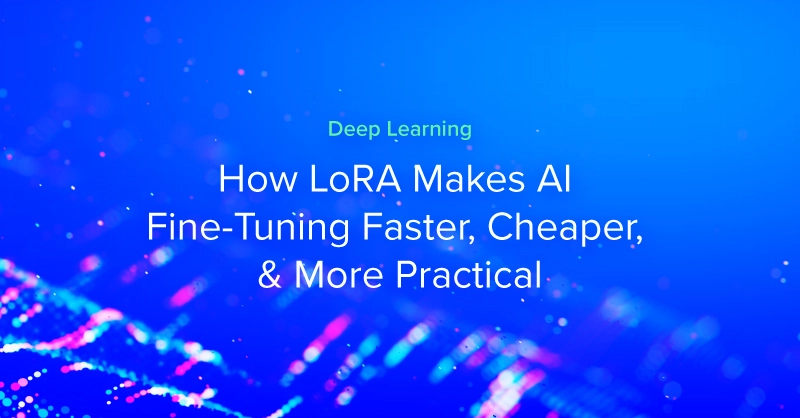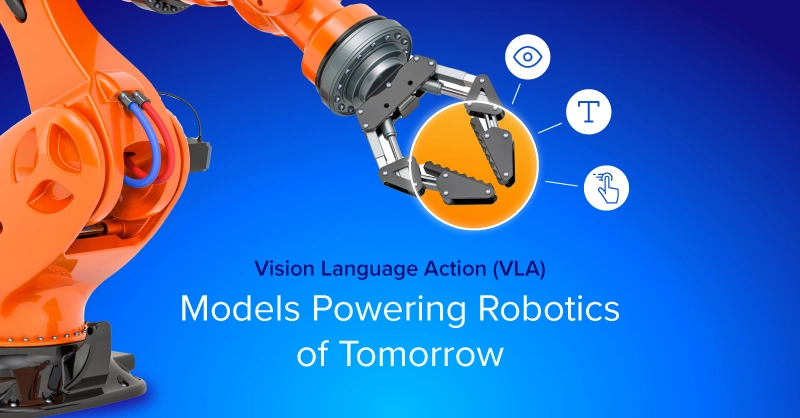
At GTC last week, NVIDIA announced numerous advancements in their forthcoming professional- and consumer-grade Ada Lovelace GPUs. The professional visualization GPU NVIDIA RTX™ 6000 Ada Generation is the successor to the NVIDIA RTX A6000 based on the NVIDIA Ampere architecture. Boasting 18,176 CUDA cores, 568 Tensor Cores, 142 Ray Tracing Cores, and 48GBs of GDDR6 ECC memory, the RTX 6000 is a welcomed addition to NVIDIA’s powerful lineup of graphics processing monsters.
The NVIDIA RTX professional visualization platform has revolutionized visual computing with the RTX A6000 and its brothers A5500, A5000, etc., as the GPU of choice for rendering, art, and design. Exxact is now looking toward the RTX 6000 and the Ada Lovelace generation of professional GPUs for the highest threshold of computing. Let's compare these two:
Raw Specs Sheet:
Model/Specs | RTX 6000 Ada Generation | RTX A6000 (Ampere) |
|---|---|---|
GPU Memory | 48GB GDDR6 ECC | 48GB GDDR6 ECC |
Memory Interface | 384-bit | 384-bit |
CUDA cores | 18,176 | 10752 |
Tensor Cores | 568 (4th Gen) | 336 (3rd Gen) |
RT Cores | 142 (3rd Gen) | 84 (2nd Gen) |
TDP | 300W | 300W |
Bus Interface | PCIe 4.0 x16 | PCIe 4.0 x16 |
NVLink | No | Yes |
The RTX 6000 Ada retains PCIe 4.0 for those looking to upgrade their existing workstation or rendering farms. With the same massive 48GB of VRAM and TDP of 300W, the differences might seem difficult to see on the surface. The largest differences show up internally with improvements to the CUDA, Tensor, and RT Cores, as well as the die structure, which will drastically improve performance. NVIDIA claims a 2-4x speedup over the RTX A6000 variant.
The RTX 6000 delivers massive gains with 60% more CUDA cores, next-generation Tensor Cores, and RT Cores.
- CUDA cores are NVIDIA’s special nomenclature for the processing cores that deliver higher parallel computing at a faster rate. CUDA cores' parallel computing is what gives a GPU the ability to execute massive amounts of calculations simultaneously and on the edge to render graphics and accelerate computing faster and more efficiently than a CPU on its own.
- Tensor Cores are processing units that accelerate the matrix multiplication process, mainly used for deep learning training and inferencing. Tensor Cores can be utilized for dense rendering, molecular dynamics, and gaming. The Ada Lovelace Generation of GPUs introduces fourth-generation Tensor Cores that enable up to 2x the performance with the introduction of the expanded FP8 data format for deep learning.
- RT Cores are recent additions to NVIDIA GPUs geared towards rendering and tracing virtual rays of light through a scene. Their key job is to deliver photo-realistic images, rendering in real-time by calculating shadows, shading, lighting, reflections, illuminations, occlusions, transparency, luminance, and even field of view. New third-generation RT Cores enable up to 2x the throughput with the ability to concurrently run ray tracing with shading and denoising capabilities.
- One of the big new features of the NVIDIA Ada Lovelace generation of GPUs is support for DLSS 3, the third generation of NVIDIA's deep learning supersampling technology. DLSS 3 comes with even more improvements to increase frame rates further, overcoming CPU limitations by allowing the GPU to render entire frames all by itself using DLSS Frame Generation.
The structure has increased, now featuring 12 graphics processing clusters (GPC), a 33% increase in wraps/threads, and the addition of a substantial 64MB of L2 cache. With higher performance per core, and the addition of a substantial L2 cache the NVIDIA RTX 6000 encourages developers and engineers to accelerate their workloads with quicker simulations and rendering with fewer bottlenecks and hiccups.
A combination of these improvements delivers massive gains. Its large memory size enables creators to work seamlessly within larger 3D datasets and scenes without having to reduce complexity and resolution.
Industry Uses: Rendering and HPC
The RTX 6000 is no slouch when it comes to performance in rendering and other applications, and is more than enough for gaming as well. But where it really shines is for creative applications like Unreal Engine, engineering applications like CAD and Ansys, and scientific workloads like AMBER MD and cryo-EM, The RTX 6000 will perform miles ahead of its counterparts due to its large onboard memory capacity and the option to expand this workstation to include dual or quad RTX 6000 GPUs. An entire server can even mount up to 10 of these monstrous GPUs to deliver enormous potential.
Stay tuned for Exxact’s deep learning benchmarks for the Ada generation of RTX graphics cards. We are extremely excited to see how the NVIDIA RTX 6000 performs in our favorite applications.
Have any Questions?
Contact Exxact Today!

Exxact Offers First Impressions of NVIDIA RTX 6000 Ada Lovelace Generation
At GTC last week, NVIDIA announced numerous advancements in their forthcoming professional- and consumer-grade Ada Lovelace GPUs. The professional visualization GPU NVIDIA RTX™ 6000 Ada Generation is the successor to the NVIDIA RTX A6000 based on the NVIDIA Ampere architecture. Boasting 18,176 CUDA cores, 568 Tensor Cores, 142 Ray Tracing Cores, and 48GBs of GDDR6 ECC memory, the RTX 6000 is a welcomed addition to NVIDIA’s powerful lineup of graphics processing monsters.
The NVIDIA RTX professional visualization platform has revolutionized visual computing with the RTX A6000 and its brothers A5500, A5000, etc., as the GPU of choice for rendering, art, and design. Exxact is now looking toward the RTX 6000 and the Ada Lovelace generation of professional GPUs for the highest threshold of computing. Let's compare these two:
Raw Specs Sheet:
Model/Specs | RTX 6000 Ada Generation | RTX A6000 (Ampere) |
|---|---|---|
GPU Memory | 48GB GDDR6 ECC | 48GB GDDR6 ECC |
Memory Interface | 384-bit | 384-bit |
CUDA cores | 18,176 | 10752 |
Tensor Cores | 568 (4th Gen) | 336 (3rd Gen) |
RT Cores | 142 (3rd Gen) | 84 (2nd Gen) |
TDP | 300W | 300W |
Bus Interface | PCIe 4.0 x16 | PCIe 4.0 x16 |
NVLink | No | Yes |
The RTX 6000 Ada retains PCIe 4.0 for those looking to upgrade their existing workstation or rendering farms. With the same massive 48GB of VRAM and TDP of 300W, the differences might seem difficult to see on the surface. The largest differences show up internally with improvements to the CUDA, Tensor, and RT Cores, as well as the die structure, which will drastically improve performance. NVIDIA claims a 2-4x speedup over the RTX A6000 variant.
The RTX 6000 delivers massive gains with 60% more CUDA cores, next-generation Tensor Cores, and RT Cores.
- CUDA cores are NVIDIA’s special nomenclature for the processing cores that deliver higher parallel computing at a faster rate. CUDA cores' parallel computing is what gives a GPU the ability to execute massive amounts of calculations simultaneously and on the edge to render graphics and accelerate computing faster and more efficiently than a CPU on its own.
- Tensor Cores are processing units that accelerate the matrix multiplication process, mainly used for deep learning training and inferencing. Tensor Cores can be utilized for dense rendering, molecular dynamics, and gaming. The Ada Lovelace Generation of GPUs introduces fourth-generation Tensor Cores that enable up to 2x the performance with the introduction of the expanded FP8 data format for deep learning.
- RT Cores are recent additions to NVIDIA GPUs geared towards rendering and tracing virtual rays of light through a scene. Their key job is to deliver photo-realistic images, rendering in real-time by calculating shadows, shading, lighting, reflections, illuminations, occlusions, transparency, luminance, and even field of view. New third-generation RT Cores enable up to 2x the throughput with the ability to concurrently run ray tracing with shading and denoising capabilities.
- One of the big new features of the NVIDIA Ada Lovelace generation of GPUs is support for DLSS 3, the third generation of NVIDIA's deep learning supersampling technology. DLSS 3 comes with even more improvements to increase frame rates further, overcoming CPU limitations by allowing the GPU to render entire frames all by itself using DLSS Frame Generation.
The structure has increased, now featuring 12 graphics processing clusters (GPC), a 33% increase in wraps/threads, and the addition of a substantial 64MB of L2 cache. With higher performance per core, and the addition of a substantial L2 cache the NVIDIA RTX 6000 encourages developers and engineers to accelerate their workloads with quicker simulations and rendering with fewer bottlenecks and hiccups.
A combination of these improvements delivers massive gains. Its large memory size enables creators to work seamlessly within larger 3D datasets and scenes without having to reduce complexity and resolution.
Industry Uses: Rendering and HPC
The RTX 6000 is no slouch when it comes to performance in rendering and other applications, and is more than enough for gaming as well. But where it really shines is for creative applications like Unreal Engine, engineering applications like CAD and Ansys, and scientific workloads like AMBER MD and cryo-EM, The RTX 6000 will perform miles ahead of its counterparts due to its large onboard memory capacity and the option to expand this workstation to include dual or quad RTX 6000 GPUs. An entire server can even mount up to 10 of these monstrous GPUs to deliver enormous potential.
Stay tuned for Exxact’s deep learning benchmarks for the Ada generation of RTX graphics cards. We are extremely excited to see how the NVIDIA RTX 6000 performs in our favorite applications.
Have any Questions?
Contact Exxact Today!




.jpg?format=webp)